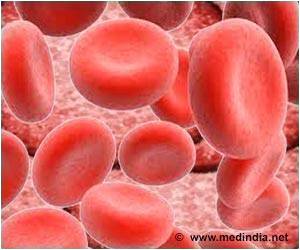“I saw papers about using spent grounds to produce porous carbon for energy storage, and I thought maybe we could use this conductive material in our neurochemistry detection work,” says Ross, the main author of the study.
The traditional microelectrodes that neuroscientists use are commonly made from carbon fiber fine, solid carbon strands bundled together. Making them is typically an arduous and expensive process, involving multiple steps and harsh chemicals.
Eventually, researchers want to fabricate entire electrodes with carbon from coffee grounds because this type of approach would be inexpensive and environmentally friendly.
As a first step toward realizing that goal, they adapted the material from the grounds as a coating for conventional electrodes.
Next, they added the material to a potassium hydroxide solution to activate the carbon and open up holes in the structure. Then, the researchers heated the mixture again under nitrogen gas to remove any undesired byproducts. What was left was an inky slurry full of flecks of porous carbon.
As a final step, the researchers diluted the sludge with water, into which they dipped the carbon fiber electrodes to coat them with a layer of porous carbon nearly a hundred times thinner than the diameter of a human hair.
Then researchers compared the performance of coated and uncoated electrodes for sensing small quantities of dopamine, a neurotransmitter, with fast-scan cyclic voltammetry.
With this technique, they applied a rapidly varying voltage to the electrode to alternately oxidize and reduce dopamine. The technique is fast enough to detect sub-second neurotransmitter release, as would happen in the brain.
Not only does the porous structure allow more dopamine molecules to participate in the reaction because of the coating’s large surface area, it also momentarily traps dopamine molecules in the crevices of the electrode.
These properties increase the sensitivity and allow the researchers to carry out faster measurements. The group is now exploring how these porous coatings impact the temporal resolution of the technique.
Source: Medindia



